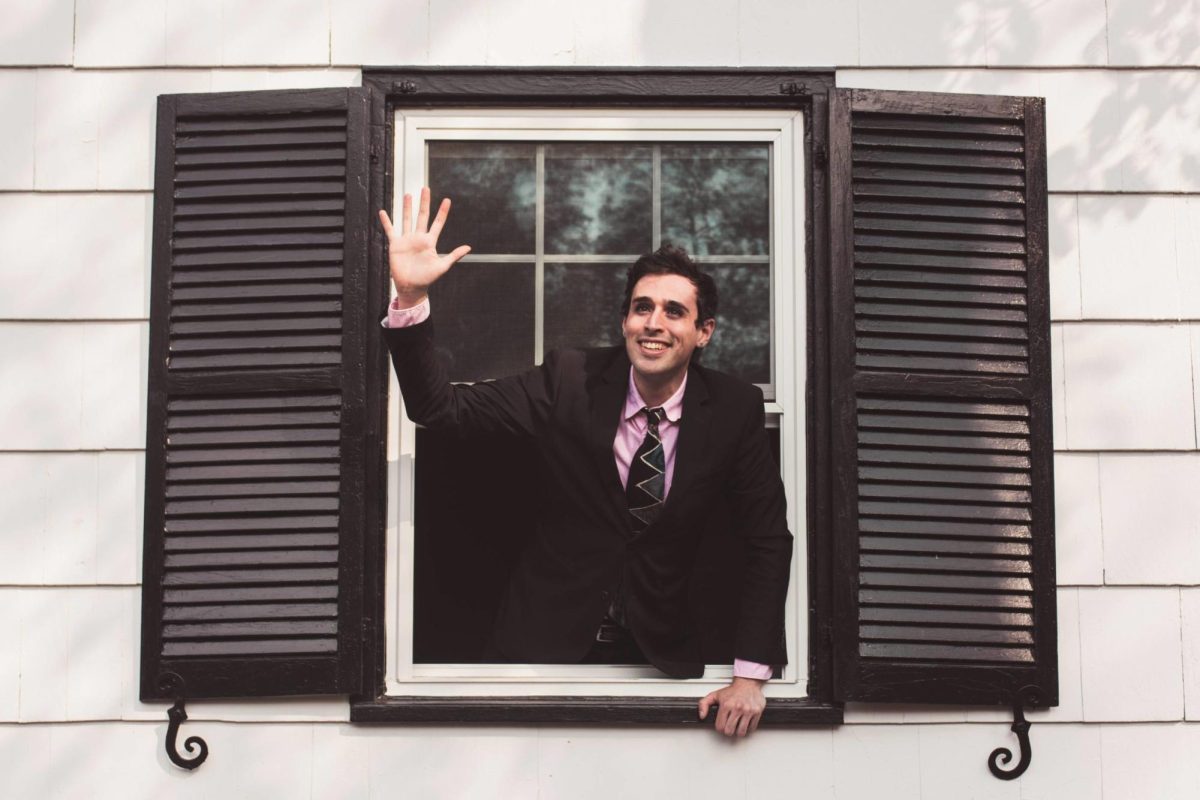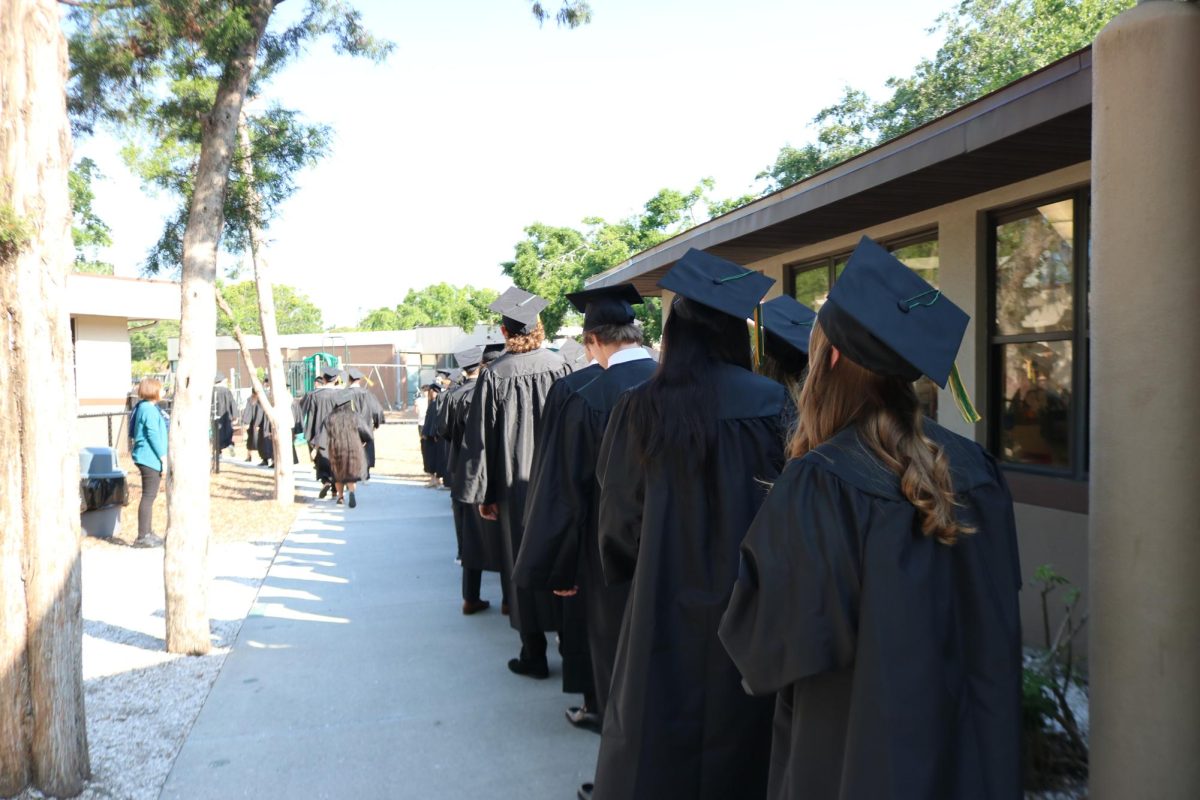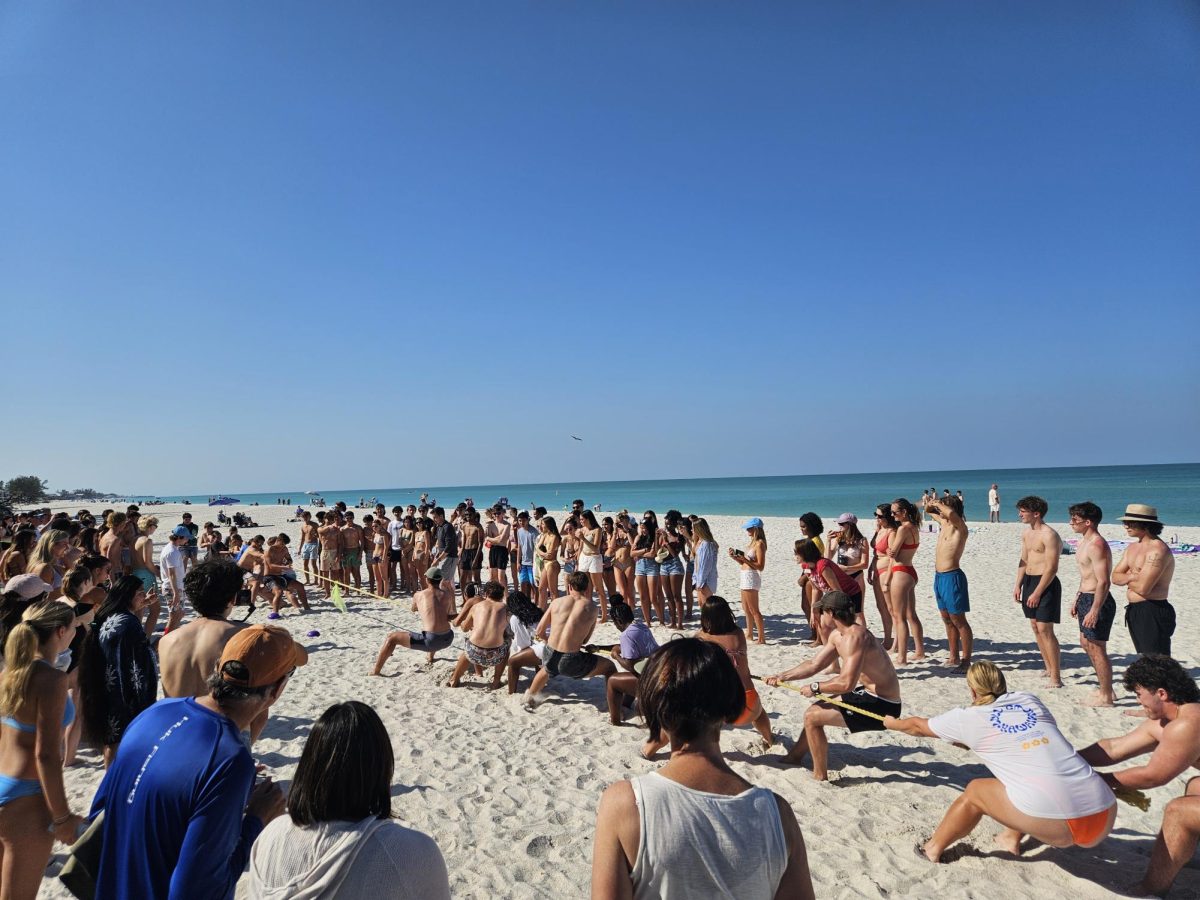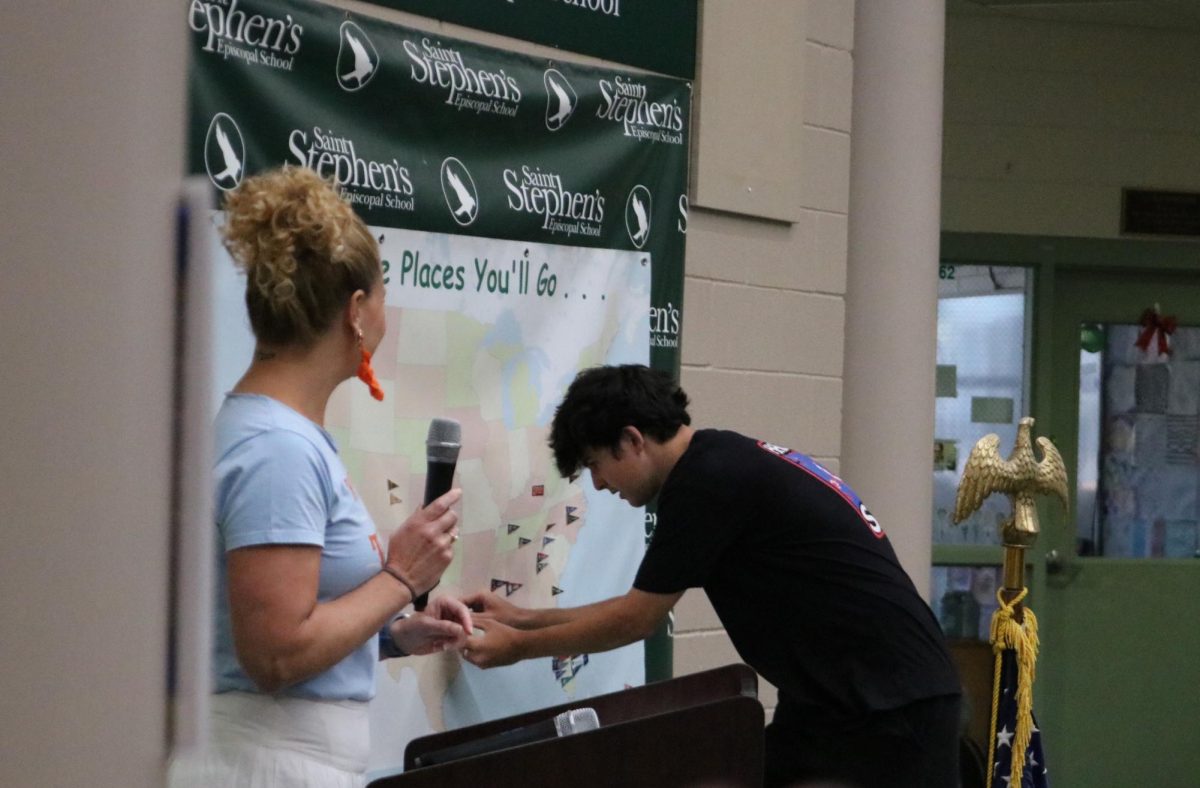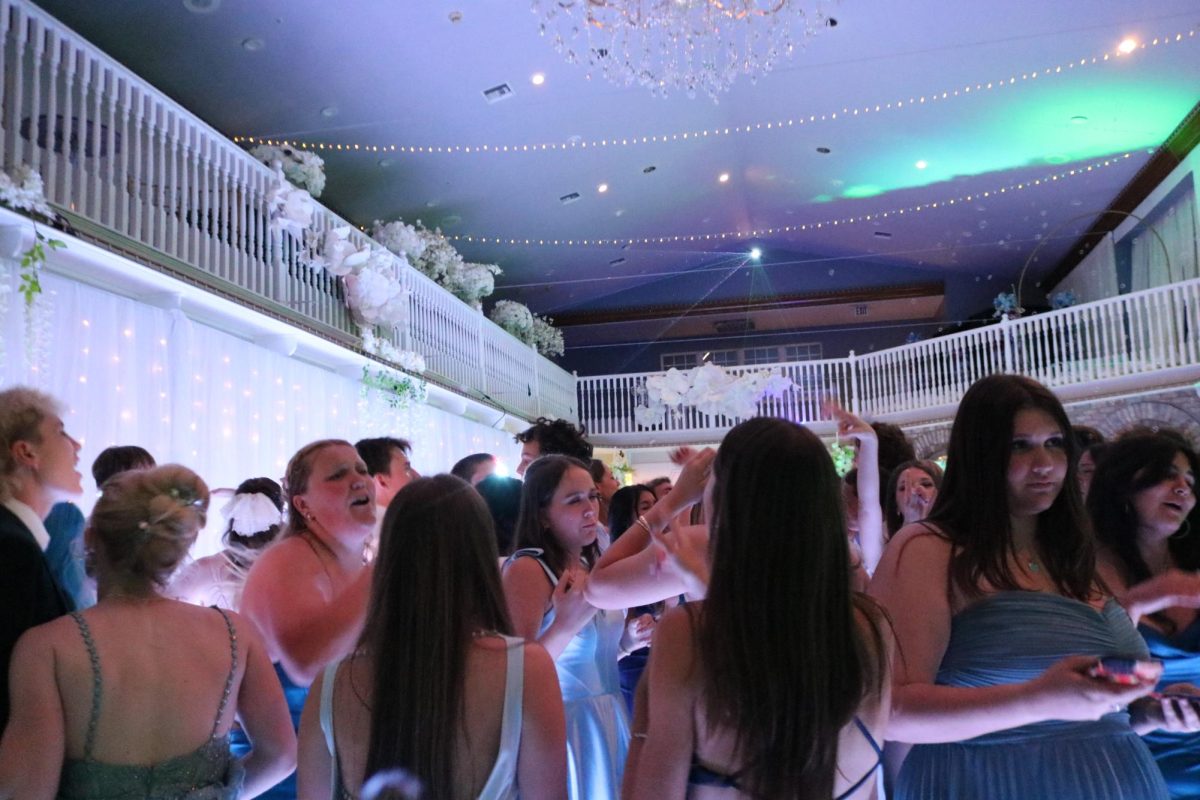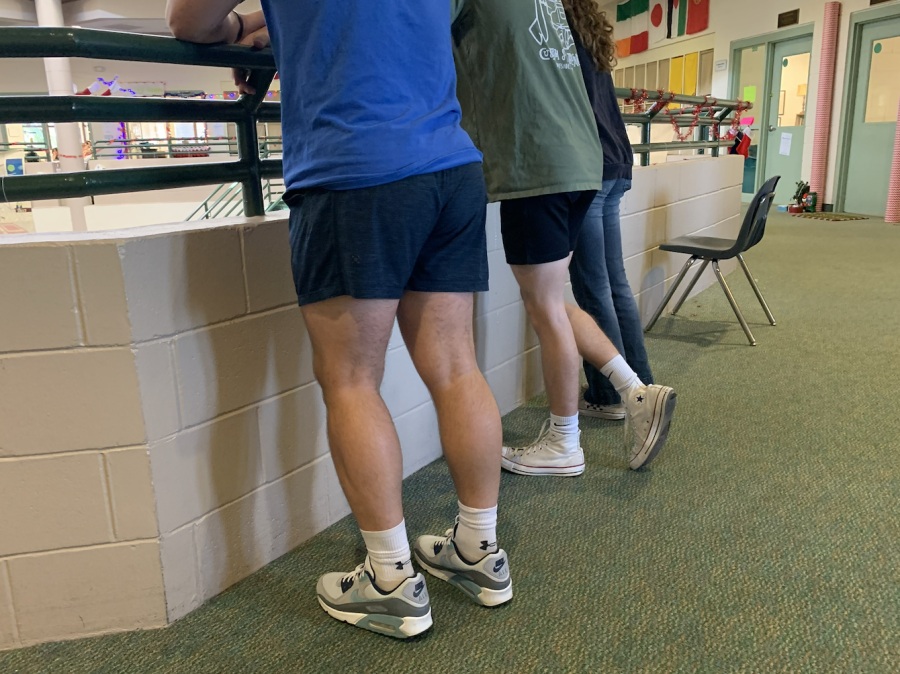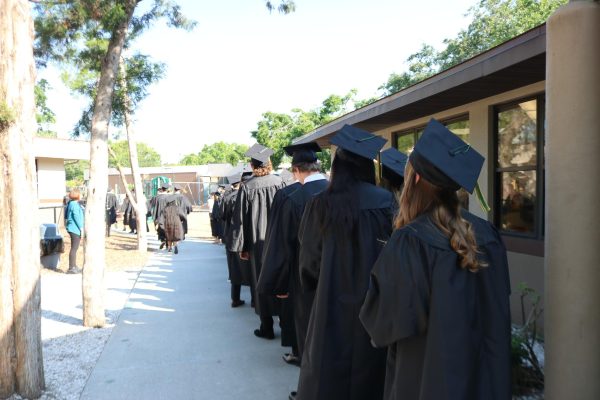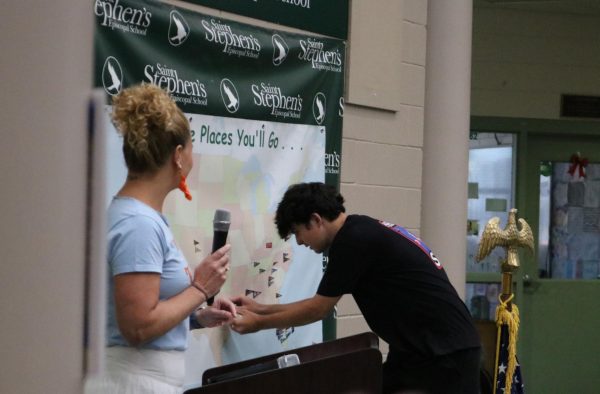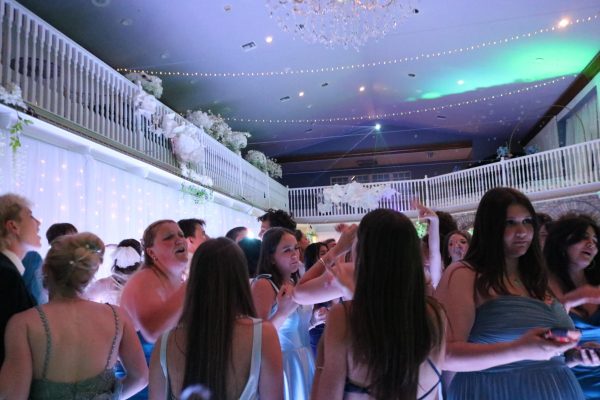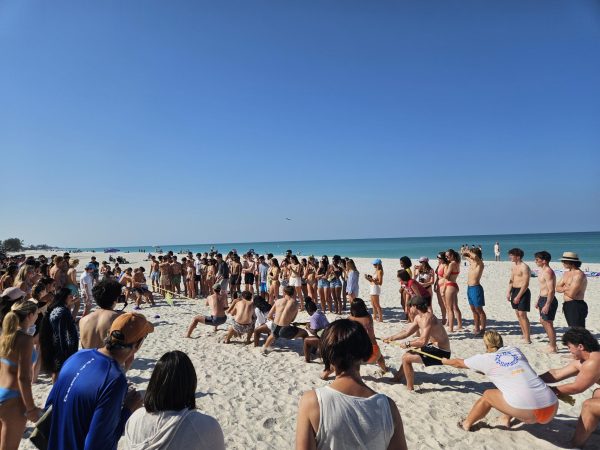Breaking the (dress) code
Are boys and girls judged equally when it comes to the dress code? Or is there a double standard that we need to address?
When it comes to the “4-inches above the knee” rule, it seems boys are less likely to be dress coded
December 6, 2022
Imagine a hot day in Florida, the weather in the 90s, and instead of wearing shorts to combat the hot weather, your school dress code encourages you to wear a pair of jeans that only make you more boiling.
Now, imagine a freezing morning in December and you’re drowning in midterms and all you want to do is go to school comfortably in sweatpants, but you can’t. On the other hand, many of your male counterparts can pull it off, walking freely into school in sweatpant joggers (and short shorts, on the hot days).
Dress codes were originally created to help schools portray professionalism and create an appropriate atmosphere for learning. Instead, in practice, dress codes across the country are providing a medium for enforcing double standards, specifically towards women.
Are dress codes enforced fairly for all students in schools? Should we lighten the enforcement of our Saint Stephen’s Episcopal School dress code, specifically regarding pants and shorts, in order to increase students’ comfort and set equal standards for all students? I think it’s only fair if we consider an equally enforced and less strict dress code in order to limit these unfair expectations and enforce equal treatment.
Saint Stephen’s dress code prohibits a variety of common, day-to-day clothing pieces, including most styles of women’s shorts and sweatpants. The dress code states: “skirts and shorts must be no more than four inches above the top of the kneecap when measured while standing… Sweatpants, warm-up suits, tennis skirts, athletic shorts, yoga pants, and other athletic gear are unacceptable.” These guidelines are intended to create a professional learning environment without distraction.
It’s understandable that schools of prestige would prefer their students to wear clothes that represent the values of their school, and it makes sense in theory. However, in many establishments, dress code fosters a double standard that works against women by creating an environment where boys commonly get away with not following the rules, namely, when it comes to shorts and pants.
When it comes to the 4-inches-above-the-knee rule, it’s hard to walk around campus and not spot a gentleman with trousers that are incredibly short. For the most part, they make it through the day without confrontation, whereas girls in short shorts wouldn’t be that lucky and are commonly caught and forced to change.
The reason for this seems to connect with how society views what items are deemed as appropriate or inappropriate, particularly for women. For example, guys can wear shorter shorts since it doesn’t come off as “attention grabbing,” whereas when a girl wears shorter shorts, they are often deemed as “attention-seekers” or “attracting the wrong kind of attention,” just another sign that girls’ bodies are more objectified.
When it comes to the shorts option, wearing longer shorts may be natural for boys, but incredibly challenging for girls. Long shorts are hardly found in women’s fashion today, and so most girls don’t own them, meaning any girl at SSES conscientious about her appearance naturally wears pants, even in the sweltering Florida heat.
In addition to this, when it comes to pants, male students can often get away with wearing sweatpants or non-dress code fabric joggers to school, whereas the majority of the females who attempt to get past the bottoms code get called out more often for wearing similar joggers, sweatpants, and yoga pants, and they are forced to change. This is most likely a reflection of societal expectations that girls are supposed to be dressed nicely and less revealingly, whereas boys can dress as comfortably (or even revealingly in short shorts) without facing as much judgment.
It’s understandable that the schools attempt to enforce a strict dress code in order to prepare their students for the future and professionalism. However, we are still young. I believe, as students, we shouldn’t be measured by the length of our shorts and professionalism of our pants, specifically regarding sweatpants, or prohibited from wearing common day-to-day shirts. Instead our concerns should be focused on what matters: our grades, sports, friends and family.
















